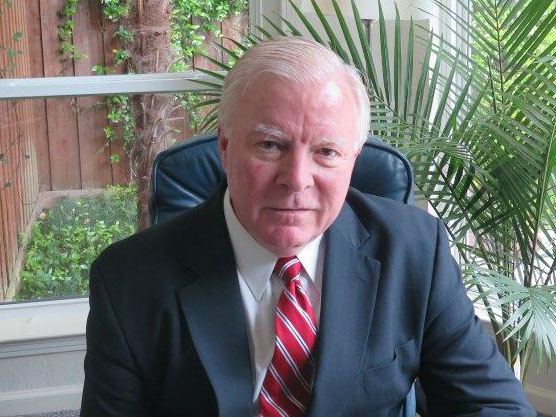Blog
What does a “day in the life of” a Chief Restructuring Officer look like? The primary role of the chief restructuring officer is generally to operate a business to the conclusion of some event. That event could be a liquidation, a sale, or the emergence of “Newco” from a bankruptcy proceeding or it could be handing the keys back to Management. In every case, their mandate is to maximize the value of the business.
“Cash is king, so a total monomaniacal focus must be maintained on cash-flow.“
Cash is king, so a total monomaniacal focus must be maintained on cash-flow. This can be approached a number of ways, through improved receivable collection techniques, cost reductions (which usually means headcount reductions) in negotiations with vendors.
The typical day for a CRO is intense, and you never know what surprises might be lurking. Everyone in the company realizes they’re in a tenuous position, so their performance is tempered by fear. It is not uncommon for the best and the brightest in the company to have already left because of the company’s condition. You are generally faced with vendors who haven’t been paid in some time, but you need their product or service to keep the business operating. Everything is a negotiation.
In the world of crisis or turnaround management the absolute first thing that has to be looked at is cash flow. Cash flow is the 20 percent that drives the 80 percent of results.
While the means of accomplishing this looks a little differently in the 2000’s than in the 80’s, the goal of a business to turn a profit has not changed. However the lack of systems–or, “technology”– inside the business remains a golden opportunity to make inroads to profitability.
In the middle-market world, it is surprisingly common for businesses to have essentially no cash management tools in place. The first thing that’s done in this scenario is to develop a “13 week cash flow” which is the standard for cash management in the world of accountancy. Thirteen weeks is chosen because it’s quarter plus a week. This is developed using expected cash inflows and outflows to determine cash availability into the future. Nothing is more important than cash, and nothing will kill a business more quickly or certainly then running out of cash.
Cash availability then drives other decisions such as:
- Can the business be operated out into the future?
- What can be done to generate or conserve cash–such as liquidating assets or inventory?
- Or, is the only alternative shutting down the business, because it’s unsustainable?
Once the cash situation has stabilized, the appropriate thing to do is to identify a path to take the company into the future, on a profitable and positive cash flow basis. Then, areas for improvement become:
- product line profitability
- headcount rationalization
- facility rationalization
- and other definitive steps to provide real results in a positive outcome.
Not all turnaround situations need to result in an exit. It is highly uncommon for existing management to bring the same sense of urgency and skill set required to accomplish a successful turnaround. However once the specialist is engaged and does his work it’s not common to simply hand the keys back to management in their pre-restructuring state. That’s one reason why roles like CRO (chief restructuring officer) exists.
About the Author

Michael Tinsley
Private Equity CEO
Michael Tinsley has a legacy of success leading companies in crisis, and private equity-backed businesses to successful exits. Achieving success with contemporary leadership strategies driven by new business technologies. Built

0 Comments